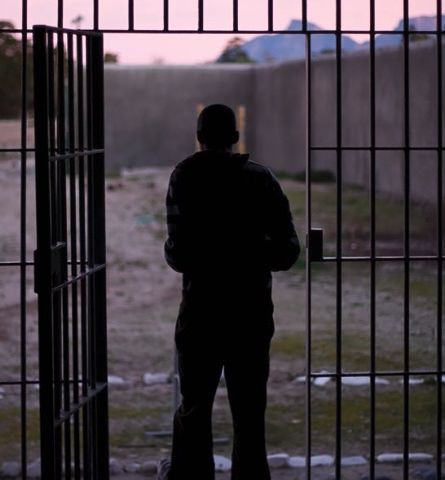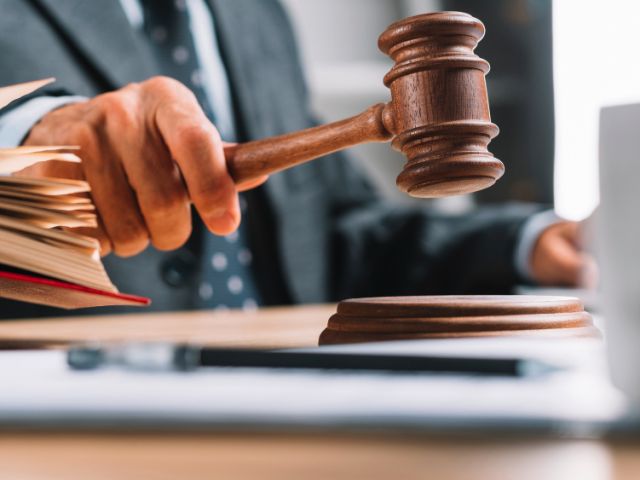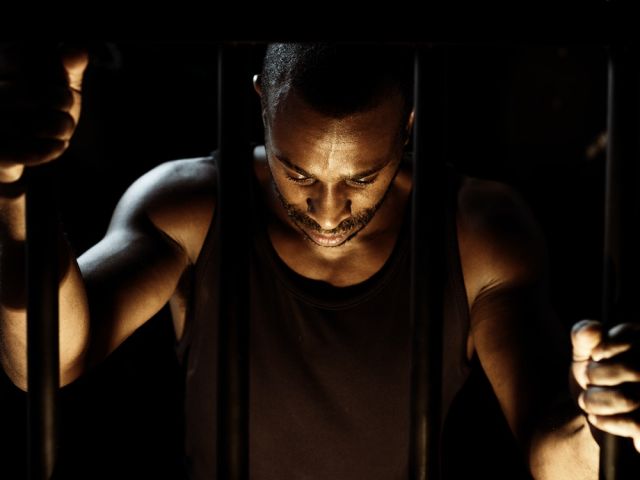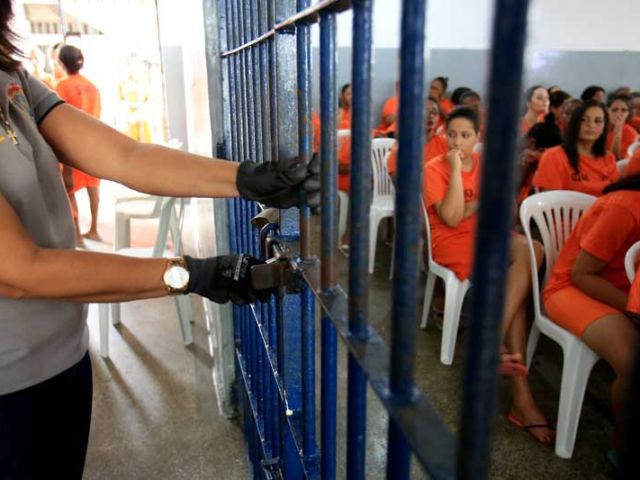In the United States, we owe formerly incarcerated people. This fact is abundantly clear when you evaluate the status quo. A person who completes their sentenced punishment after being found guilty has paid their debt to society. Unfortunately, laws across the country force formerly incarcerated people to continue to pay for their misconduct long after their release from the criminal legal system. These collateral consequences of incarceration are often unrelated to the person’s crime and dramatically hinder the reentry process. Cultural stigma, legal discrimination, and enhanced trauma describe the reality for hundreds of thousands of people in America because “free” society continues to make formerly incarcerated people pay. Hence, we owe them.
Since August of 2020, the Movement Lawyering Clinic (“the Clinic”) at Howard University School of Law has observed bond hearings in Prince George’s County District Court. The impetus of this project came from reports and a lawsuit from Civil Rights Corps, alleging that PG County’s jail was overcrowded, unsanitary, at risk of a COVID-19 breakout, and teeming with pre-trial defendants, many who are charged with non-violent crimes.1 The Clinic decided to observe PG County bond hearings to determine the extent of pre-trial detention in the County, or more specifically, who was being put in pre-trial detention and why.
Thirty-one states and the federal government incarcerated 116,000 people in private prisons in 2019, representing 8% of the total state and federal prison population.
Illinois Governor J.B. Pritzker signed an omnibus criminal justice package that (among several victories) makes Illinois the tenth state to end prison gerrymandering. HB3653 ensures that, beginning in 2030, people in state prisons will be counted as residents of their home addresses when new legislative districts are drawn.
What makes people more or less likely to succeed upon release? Readers looking for recidivism data should note that relying too much on rates of recidivism (as opposed to other indicators of success after prison) can result in incomplete conclusions, because recidivism data is skewed by inconsistencies in policing, charging, and supervision.
Can it really be true that most people in jail are being held before trial? And how much of mass incarceration is a result of the war on drugs? These questions are harder to answer than you might think, because our country’s systems of confinement are so fragmented. The various government agencies involved in the justice system collect a lot of critical data, but it is not designed to help policymakers or the public understand what’s going on. As public support for criminal justice reform continues to build, however, it’s more important than ever that we get the facts straight and understand the big picture.







